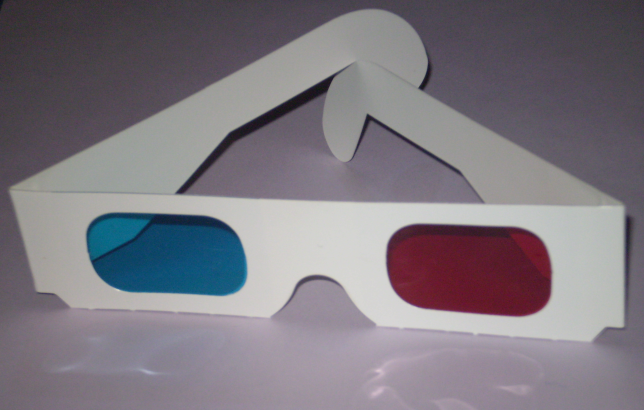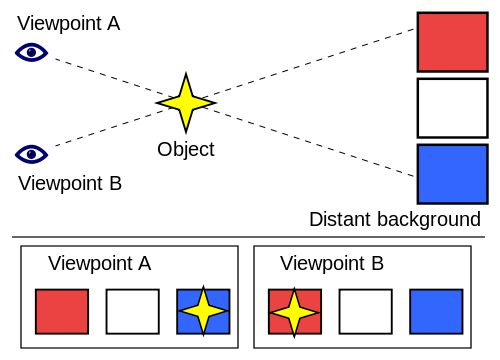In the recent past, a number of incredible innovations in 3D technology and the entertainment world paved the way for the industry. From cinema technology to the screens we watch at home or on the road. First were computer games, and now three-dimensional movies in our living rooms are a fact. Researchers have already seen reports of serious complaints stating that there are clear health risks in using this technology.

Anaglyph glasses
Scientists at the University of California, Berkeley, found that viewing with 3D glasses could damage the eyes by altering the relationship between the eyes and the brain. The reason for this is the difference between the depth of the images and the depth of the TV screen. Our eyes see a TV screen that is flat and 3D images on in. This results in desynchronization of the focus, which severely strains the eye muscles.
Virtual Reality Spectacles use the same 3D display technology found in 3D TVs They design a slightly different image in both eyes. And from this difference, the brain creates the illusion of depth. It sounds good until we realize how intricate the human perception of depth is.

Image captured from an Oculus Rift DK2, showing compensation for lens distortion and chromatic aberration.
There are ten different signs that the brain uses to understand how far a thing is. Parallax is just one of them. Various film and television displays offer only parallax-based depths. That's why the brain has to ignore a few other indications while immersed in Avatar's world. That's why 3D movies can be felt by viewers in a different way. One begins to struggle with his own brain. There are several elements who give a sense of depth, but in this case, some are missing.

A simplified illustration of the parallax of an object against a distant background due to a perspective shift. When viewed from "Viewpoint A", the object appears to be in front of the blue square. When the viewpoint is changed to "Viewpoint B", the object appears to have moved in front of the red square. - Wikipedia
Eventually, the brain just ignores missing parts. The problem occurs more seriously when the movie is over. We remove the glasses, and the brain still ignores all these elements of depth perception. After all, visualization is normalizing. But in other cases, it may take several hours. This state is known as "binocular dysphoria". This is the price you pay for the deception of your brain to believe in the 3D illusion.

This image, captured on June 8, 2004, is an example of a composite anaglyph image generated from the stereo Pancam on Spirit, one of the Mars Exploration Rovers. It can be viewed stereoscopically with proper red/cyan filter glasses. - Wikipedia
Despite claims that there is no evidence that 3D technology has led to permanent damage, it is recommended to avoid them if any side effects occur. Those who experience the effects for a longer period of time should refrain from 3D movies and media. - Source
Image sources: 1, 2, 3, 4






I have been VR gaming for a few months now. About an hour a day ~ avg. At first I did get some dizzyness afterwards. Then after a while my vision has come accustom to it. I still don't overdo, I just have to set time limits. Sometimes, you get lost in VR and end up in there for hours. Been there and done that. Thanks for sharing.
Thanks. Best wishes.
Np, cheers!
I always end up with a headache after watching movies in 3d :/ thanks for the post